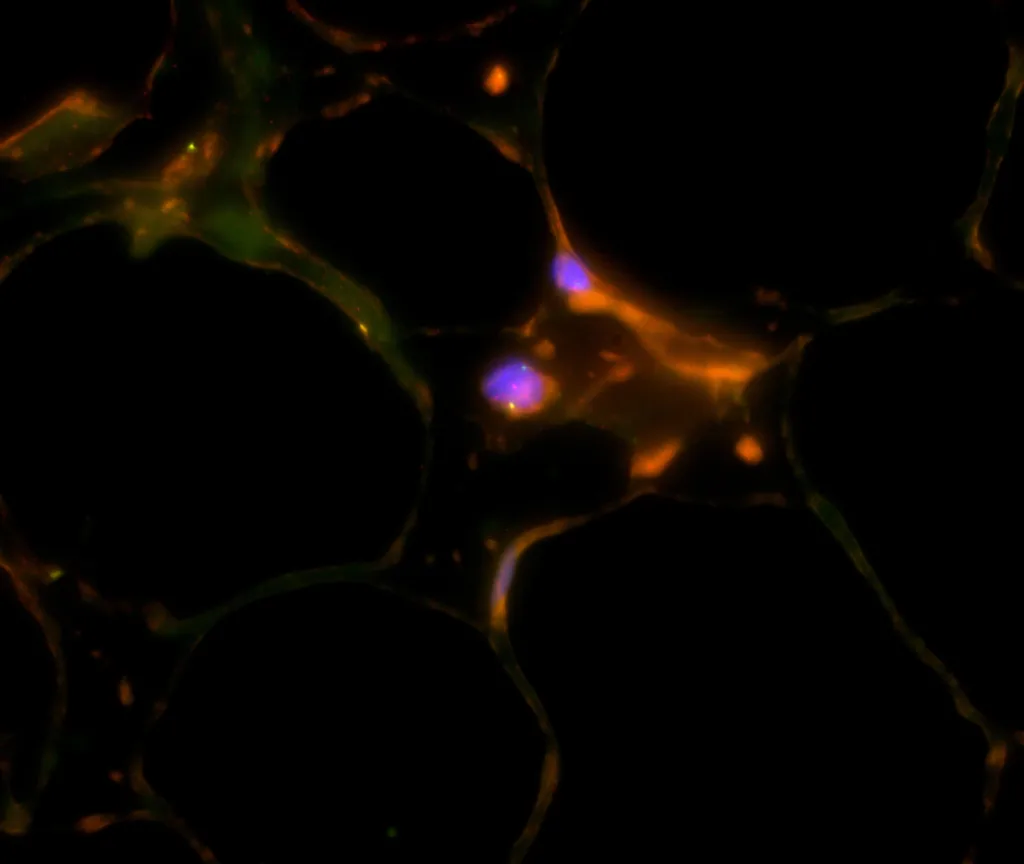Fluorescence techniques are becoming widely used and more useful with improvements in both instrumentation and fluorescent reagents. Fluorescence has many practical applications, including failure analysis, analytical services, circuit board work, defect location, food safety, paper analysis, and more.
The primary filtering element in most fluorescence instruments is the set of three filters housed in a fluorescence filter cube: the excitation filter, the emission filter, and the dichroic beam splitter.


Here is the application of Optolong Fluorescence filters in the industry
- Lighting, A fluorescent lamp, or fluorescent tube, is a low-pressure mercury-vapor gas-discharge lamp that uses fluorescence to produce visible light.
- In analytical chemistry, Fluorescence occurs when an atom or molecule relaxes through vibrational relaxation to its ground state after being electrically excited. The specific frequencies of excitation and emission are dependent on the molecule or atom.
- Fluorescence spectroscopy, usually, the setup of a fluorescence assay involves a light source, which may emit many different wavelengths of light. Fluorescence spectroscopy uses a beam of light that excites the electrons in molecules of certain compounds and causes them to emit light. That light is directed towards a filter and onto a detector for measurement and identification of the molecule or changes in the molecule.
- In biochemistry and medicine, fluorescence in the life sciences is used generally as a non-destructive way of tracking or analysis of biological molecules by means of the fluorescent emission at a specific frequency where there is no background from the excitation light, as relatively few cellular components are naturally fluorescent (called intrinsic or autofluorescence). In fact, a protein or other component can be “labeled” with an extrinsic fluorophore, a fluorescent dye that can be a small molecule, protein, or quantum dot, finding a large use in many biological applications.
- The quantification of a dye is done with a spectrofluorometer and finds additional applications in Microscopy/fluorescence microscopy, Immunology, FLIM/Fluorescence Lifetime Imaging Microscopy, and Cell and molecular biology.
- Forensics: Fluorescent microscopy techniques have been widely used within forensic science to assist in the visualization of latent fingerprints, identification of GSR, and examination of other types of trace evidence.
- Non-destructive testing: Fluorescent penetrant inspection is used to find cracks and other defects on the surface of a part, especially the FAM, and FITC filter sets.Signage: Fluorescent colors are frequently used in signage, particularly road signs.
- Optical brighteners: Fluorescent compounds are often used to enhance the appearance of fabric and paper, causing a “whitening” effect. A white surface treated with an optical brightener can emit more visible light than that which shines on it, making it appear brighter.
